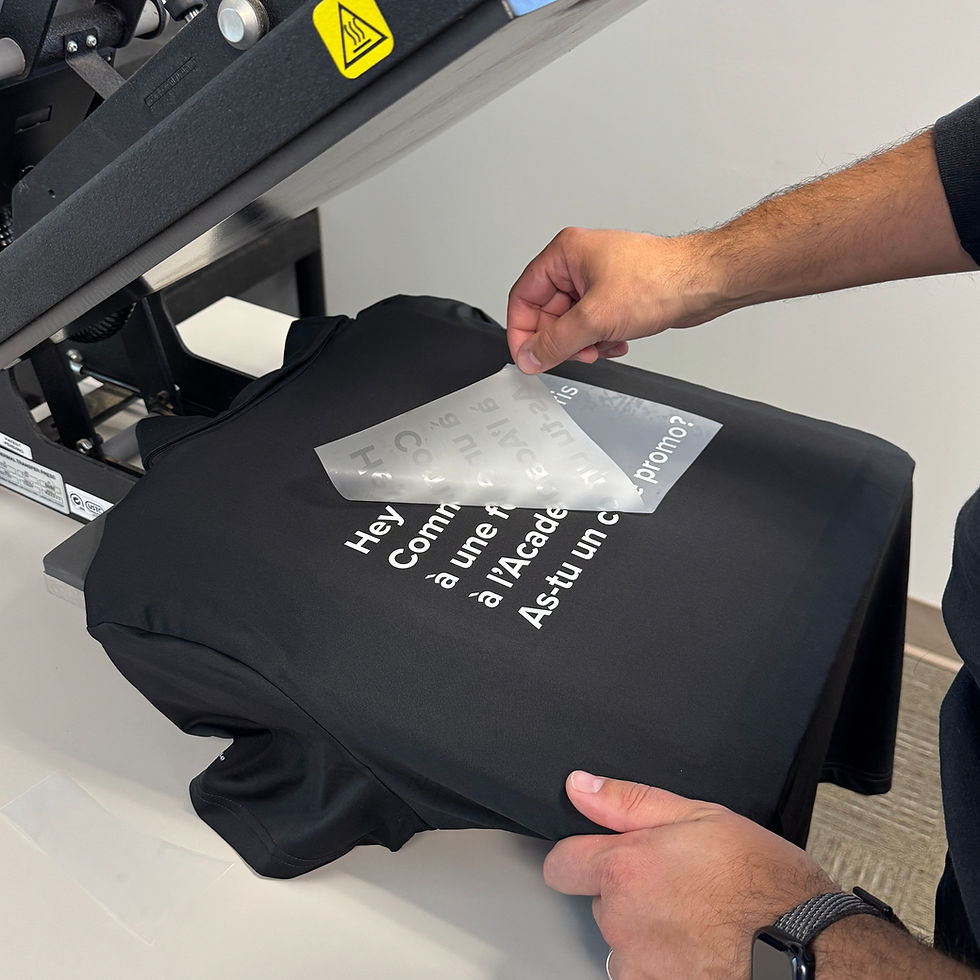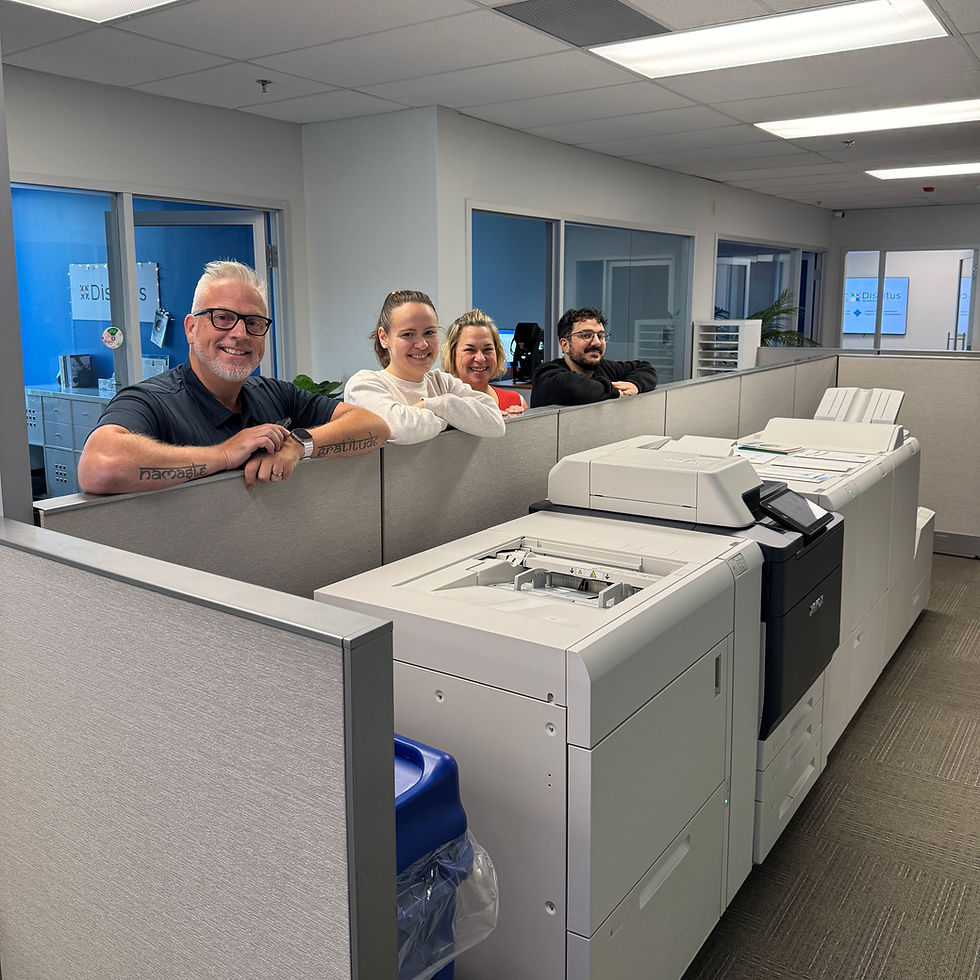Five tips for using closed-door discussions effectively in board meetings: building trust and transparency
- Julie Léger, GPC.d

- Oct 14
- 2 min read
Today, I suggest you discover how to maximize the effectiveness of closed-door meetings during your board of directors (BoD) meetings. These moments, often underestimated, can be a real lever for trust and transparency. By applying these five tips, your board's closed-door meetings will be transparent, structured and inclusive, and they will contribute to strengthening the cohesion and productivity of your team.
Tip 1: Clarify the purpose of the closed-door meeting before the meeting
Before diving into a closed-door session, it is crucial to clearly define why this session is necessary. Is it to discuss management performance, resolve a conflict, or build trust among board members? Clarifying the objective helps avoid any misunderstandings and puts participants at ease.
Risk: A vague objective could generate frustrations and harm the quality of exchanges.
Impact: By being transparent from the start, you encourage open and honest participation, which is essential for fruitful discussions.
Tip 2: Create a safe and caring environment
A closed session can only be effective if everyone feels free to speak without fear of judgment or repercussions. A climate of trust is essential for all voices to be heard. It may be helpful to remember that whatever is said here stays here.
Risk: A lack of transparency could lead to less informed decisions.
Impact: A respectful framework encourages honest and productive exchanges, thus strengthening the cohesion of the CA.
Tip 3: Set a clear duration
It's easy to get sidetracked in a closed session, especially when discussions drag on. Setting a time limit helps structure the discussion and keep everyone focused on what's important.
Risk: Endless discussions can reduce the effectiveness of exchanges and tire members.
Impact: By limiting discussion time, you encourage more concise exchanges, thus optimizing everyone's efficiency and concentration.
Tip 4: Encourage a round table to include all voices
In a group, some people are more comfortable speaking up than others. Going around the table helps ensure that all voices are heard and that no one is left out.
Risk: Quiet voices risk being ignored or forgotten, leaving an important perspective out of the discussion.
Impact: This method allows for the collection of a diversity of points of view, contributing to more balanced and fairer decision-making.
Tip 5: Ensure clear follow-up of decisions taken
After a closed session, it is important to carefully note the decisions or conclusions and to plan for follow-up. Even if the discussion is confidential, the CA must keep track of the actions to be taken.
Risk: A lack of follow-up can lead to a loss of accountability and trust, whether within the board or between the board and senior management.
Impact: Rigorous monitoring strengthens transparency and confidence in the CA’s actions, while ensuring the consistency of actions.
#behind closed doors #trust #governance #efficiency #transparency #boardofdirectors #NPO




Comments